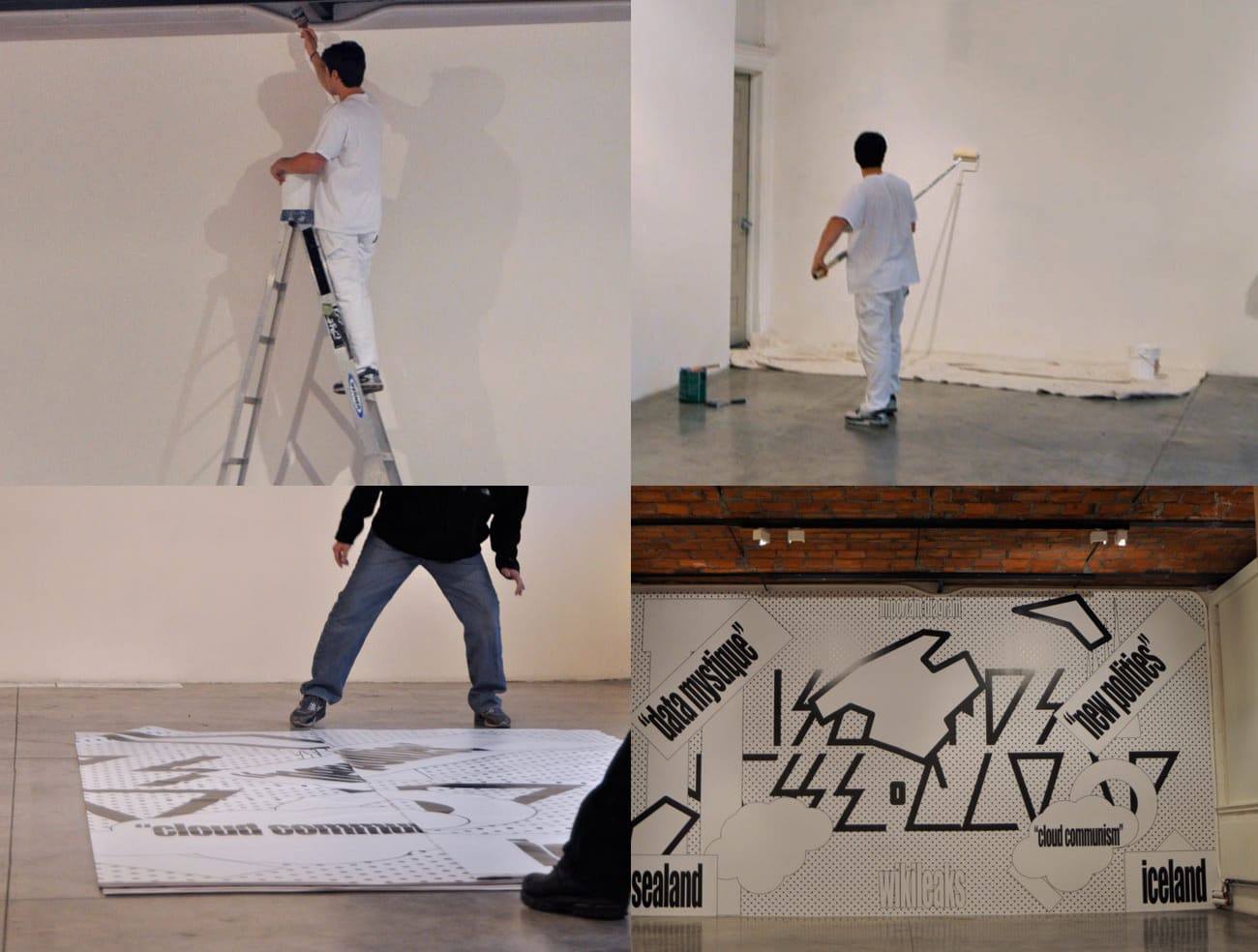">The 25-Second Trick For Wallpaper Installation In Kochi - Cochin ContractorsThe Greatest Guide To Wallpaper Guide – Sian Zeng
How to set up wallpaper: Map out the room, Use a complete roll of paper as a guide to set out the room. Butt a roll into the corner where you prepare to begin, and make a pencil mark on the wall at the edge of the roll. Slide the roll down to that mark, and make another pencil mark at the other edge of the roll.
You may need to reduce the first panel to avoid hanging little strips (3 in. or less) near doors and corners. Wallpaper seams on straight walls are butted, not overlapped, however seams are less noticeable if you position them at the point farthest from where the very first panel was installed.
Do not assume the corner you're beginning in is plumb. Utilize a level and draw a straight plumb line about 1/4 in. past where you want the very first panel of paper to end. Consider that inside corner joints require to be overlapped at least 1/8 in. To find out more, see "Seam Within Corners" listed below.
Getting My How To Hang Peel And Stick Wallpaper - The Home Depot To Work
The corner just above the entry is generally the finest spot. Prep the walls, Utilize a "wall size" primer/sizing item, Utilizing wall size will help the paper follow the wall and lower the opportunity that the paper will diminish. It also makes it easier to eliminate the paper when the time comes.
It also makes it simpler to get rid of the paper when the time comes. One-gallon containers are readily available at home centers. And never, hang wallpaper over incomplete drywallit will not ever come off if you do (wallpaper hanging companies). Make certain all the walls have at least one coat of primer. Plus: Learn more about another pattern with interior walls: ombre wallpaper.
off the roll to make the poodle on the next panel line up with the first one. This indicates you'll be using 9 ft. of paper for every single 8 ft. of wall. In this case, you would increase the direct feet of the space by 9 ft. rather of 8 ft.

Use an usage 1/2-in.-nap paint roller cover to use pastethe low-cost ones will leave fuzz balls all over the paper. When working with prepasted items, Bob chooses to use a paint roller to roll the water on the paper. Submerging paper in a tray is messy and does not guarantee consistent protection.
This lets you hang the paper plumb, despite how plumb the corner is. Corners are hardly ever perfectly straight. You'll need to produce a joint at every inside corner to make the next panel plumb. The first panel set up in a corner ought to be overlapped onto the adjacent wall at least 1/8 in.
The Buzz on Textured Wallpaper Installation - Wallscape Wallcovering
Cut the corner panel 1/8 in. longer than the longest of the three measurements (wallpaper installers near me). You can utilize the leftover piece to begin the brand-new wall, but you may require to suffice at a minor angle to accommodate an uneven corner. Some wallpaper will not stick to other wallpaper, so run a small bead of joint adhesive in the corner before overlapping the second piece.
Vinyl items are much better matched for restrooms and kitchen and hallways, however not all vinyl wallpapers are the very same. Some are strong vinyl, others have a vinyl face with a paper support, and some are primarily paper with a thin vinyl finish. Strong vinyl wallpaper is the most resistant to moisture and the most washable.
Book the paper prior to hanging, Fold the paper in thirds, Fold the paper so that when you unfold it, you'll be dealing with two-thirds of the panel. Roll the paper, After you have actually folded a length of paper, roll it. Set each roll in front of the wall where it's going to be hung.
The Main Principles Of Hand-painted Wallpaper By Laura Owens Wraps Vincent Van ...
It enables time for the paste to activate and the paper to soften. Fold the paper so that when you unfold it, you'll be dealing with two-thirds of the panel. The longer the paper, the simpler it is to get directly. Cut a lot of notepads at once, and book a number of at the same time.

If you're a beginner, set them in a plastic bag to offer you more time to work with them. Carefully smooth out the paper, Use a smoother, Run a smoother over every square inch of the paper. Do not push too hard and capture out the paste or stretch the paper.
Do not push too tough on your smoother or you'll squeeze out the paste and stretch the paper. This is especially crucial when you're dealing with prepasted paper. Stretched-out paper with insufficient paste behind it is guaranteed to shrink when it dries. Diminishing causes spaces in the seamsgaps are bad.
•
•